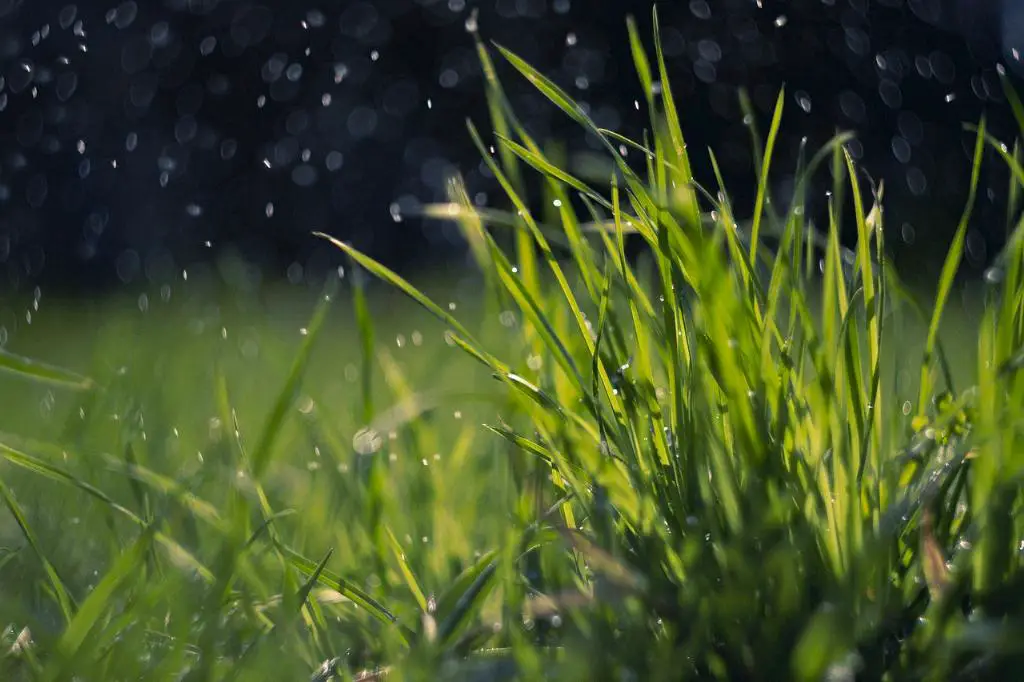When it comes to maintaining a lush and healthy lawn, the question of whether grass clippings are beneficial is a common topic of debate among homeowners. Some may argue that leaving grass clippings on the lawn can lead to thatch build-up and hinder the growth of grass, while others believe that recycling clippings back into the lawn can provide valuable nutrients and help improve soil quality.
One key factor to consider is that grass clippings are a rich source of nutrients that can benefit your lawn. By leaving clippings on the grass after mowing, you are essentially returning essential nutrients such as nitrogen, phosphorus, and potassium back to the soil. This can help promote healthy grass growth and reduce the need for additional fertilizer applications.
Furthermore, incorporating grass clippings into your lawn can help improve soil structure and fertility. Organic matter from clippings can help aerate the soil, retain moisture, and enhance microbial activity, leading to better overall soil health. This is particularly beneficial for soils that are sandy, heavy clay, or lacking organic matter.
Another advantage of leaving grass clippings on the lawn is that it can save you time and effort in the long run. By regularly mowing your lawn and recycling the clippings, you can significantly reduce the need for labor-intensive tasks such as bagging and disposing of grass clippings. This can make lawn maintenance more efficient and sustainable.
It is important to note that proper mowing techniques are crucial when it comes to utilizing grass clippings effectively. Mowing your lawn at the correct height and frequency can help ensure that clippings are evenly distributed and do not smother the grass. Aim to mow when the grass is dry to prevent clumping and promote decomposition of the clippings.
Contrary to popular belief, leaving grass clippings on your lawn does not necessarily contribute to thatch build-up. Thatch is primarily composed of dead roots and stems rather than grass clippings. When managed properly, grass clippings can break down quickly and contribute to the organic matter content of the soil.
Additionally, incorporating grass clippings into your lawn care routine can have environmental benefits. By reducing the amount of green waste that is sent to landfills, you can help minimize your carbon footprint and promote sustainability in your gardening practices. Recycling clippings is a simple yet effective way to adopt eco-friendly lawn care habits.
Some homeowners may have concerns about the aesthetics of leaving grass clippings on their lawn. However, with proper mowing techniques, clippings can be finely chopped and dispersed evenly across the grass, resulting in a neat and tidy appearance. Over time, as clippings decompose, they will blend seamlessly into the lawn.
In conclusion, grass clippings can indeed be beneficial for your lawn when managed correctly. By recycling clippings back into the soil, you can provide essential nutrients, improve soil quality, and reduce the need for chemical fertilizers. Embracing grass clippings as a natural lawn care practice can lead to healthier, greener, and more sustainable grass growth in the long term.

